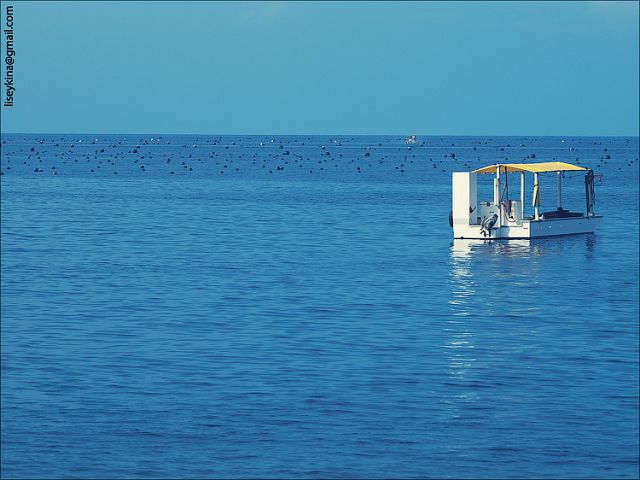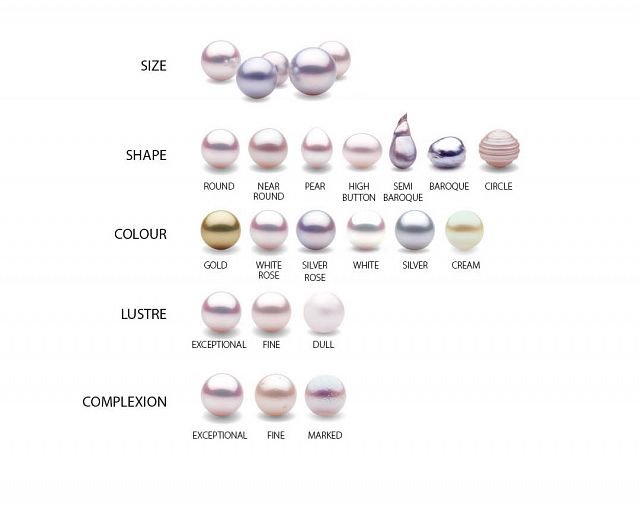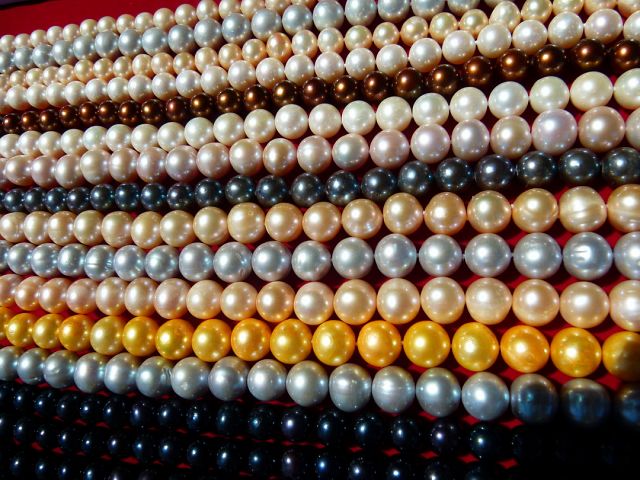
Pearls have always attracted attention. Since ancient times, divers would plunge into the sea for shells, risking their lives. Those days are long gone. Today, wild pearl hunting is hardly practiced worldwide. Instead, specialized farms are established to breed mollusks and produce pearls. One such farm is located in Bali.
The Pearl Farm is situated in the north of the island near the fishing village of Pemuteran. Atlas Pearls and Perfumes Ltd, a joint venture with Australia, employs over 500 people. It is a global leader in producing high-quality eco-pearls, and, of course, they come at a corresponding price.
The farm mainly cultivates yellow, silvery, and white pearls. It takes about 2 years to produce one pearl. Each mollusk is used only once, and if the resulting pearl is of very high quality, it can be reused, but no more than 2 times.
The value of a pearl depends on its shape, size, luster, and surface texture. The larger the pearl, the brighter its luster, the smoother its surface, and the more perfect its shape, the higher its price will be. In terms of colors, golden pearls are considered the most valuable. Following that are white/silvery, yellow, and creamy pearls.
To help you navigate pearl quality more easily, just visit a store and compare pearls. Usually, even a novice can see the differences with the naked eye. It will become immediately apparent what kind of quality you're dealing with, especially compared to the pearls sold on beaches for $30 per strand.

Types of pearls produced on this farm:
1. South Sea Pearls: Produced by Pinctada Maxima oysters. These pearls are typically silvery, white, or golden in color. They are large and expensive, making them the most beautiful, valuable, and sought-after pearls. Indonesia produces the largest quantity of this type of pearl in the world.
2. Akoya Pearls: Produced by small saltwater oysters known as Pinctada fucata. They originated in Japan but are widely distributed throughout Asia and Australia. Akoya pearls are small with a delicate iridescent surface, which is often treated and dyed after harvesting, similar to freshwater pearls.
3. Freshwater Pearls: These are more affordable pearls. One mollusk can produce up to 5 pearls at once. Freshwater pearls are rarely symmetrical and often undergo additional treatment to enhance their color and luster characteristics.
4. Tahitian or Black Pearls of the South Seas: Produced by Margaritifera Pinctada mollusks, initially discovered around the Tahiti archipelago and other islands in the Pacific Ocean. This type of pearl primarily produces various shades of black pearls, ranging from red to green.

In Bali, there is a showroom for this company where you can explore the farm's products and purchase pearls, both as individual pearls and as finished jewelry. All pearls come with a certificate of quality.
T. +62 361 732769
T. + 62 812 3877012
T. +62 361 284455
You can add one right now!